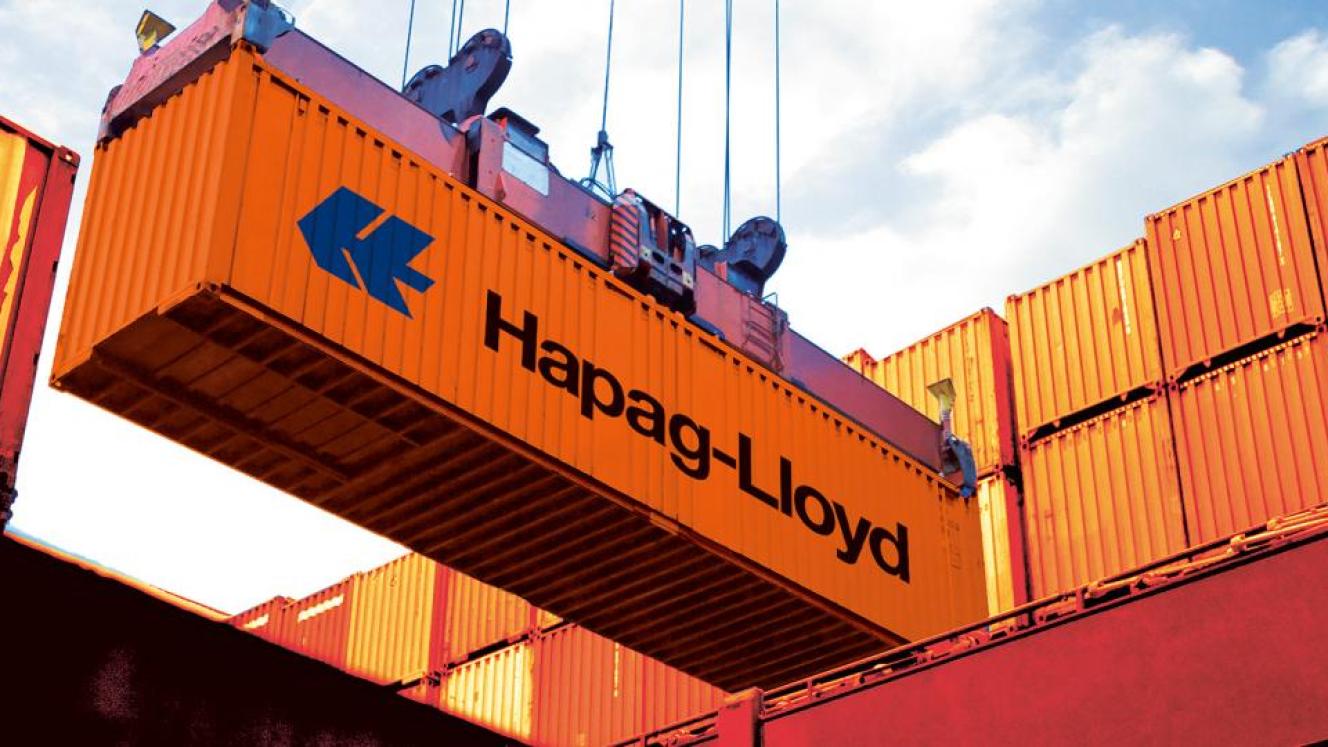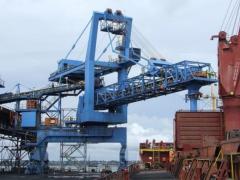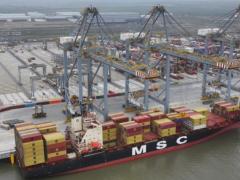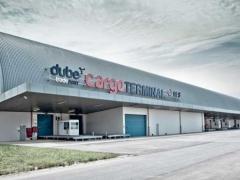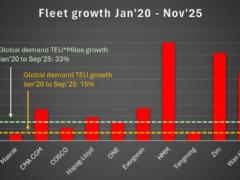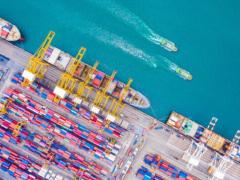Thanks to increased freight rates and lower bunker prices, Hapag-Lloyd has reported a solid start to the year – and expects more of the same for the second quarter.
That’s the message from CEO Rolf Habben Jansen, who says on the back of the high demand for container transport, the line has benefited from better freight rates, especially in the spot market. “On top of that, bunker prices have been lower than in 2020 – and as a result, we concluded the first quarter with a very positive financial result.”
Q1 earnings before interest, taxes, depreciation and amortisation (Ebitda) amounted to around US$ 1.9 billion. Earnings before interest and taxes (Ebit) rose to approximately US$ 1.5 billion, while the Group net result improved to around US$ 1.5 billion.
Revenues increased in Q1 by around 33% to roughly US$ 4.9 billion, driven largely by the higher average freight rate, which increased by approximately 38% to reach 1509 US$/TEU (Q1 2020: 1 094 US$/TEU).
“Nevertheless, due to the demand-related congestion of port and hinterland infrastructures in many places, as well as a resulting shortage of freely available ships and containers, the transport volume was slightly below the level of the same quarter of the prior year, at roughly 3.0 million TEUs (Q1 2020: approximately 3.1 million TEUs), or minus 2.6%,” said Habben Jansen.
“On the other hand, a roughly 27% lower average bunker consumption price, which amounted to US$ 384 per tonne in the first three months of the 2021 financial year (Q1 2020: US$ 523 per tonne), had a positive impact on earnings.”
The line expects that the Ebitda and Ebit for the current 2021 financial year as a whole will surpass last year – while a gradual normalisation is expected in the second half of the year.
This outlook will however depend on a range of factors, not least the above-average volatility of freight rates; operational challenges, such as infrastructural bottlenecks; and the inability to predict the future course or economic impact of the Covid-19 pandemic.
“While we remain optimistic for 2021 as a whole, the ramifications of the Covid-19 pandemic and the congested supply chains continue to present a huge challenge to all market participants,” Habben Jansen added.
